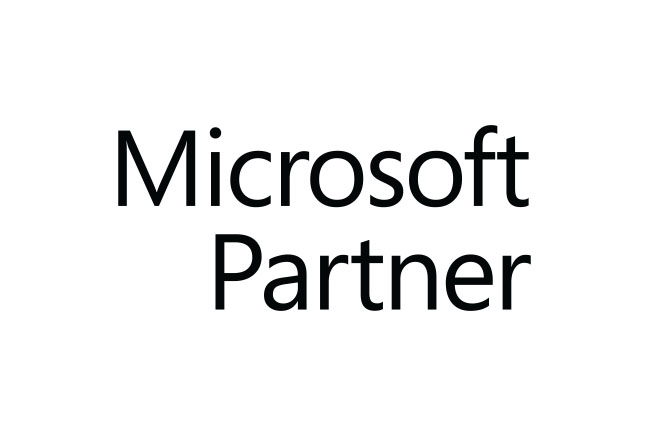Power Apps’ user interface was designed with simplicity in mind. For instance, the arrangement of the items on the screen is similar to that of other Software platforms, such as Excel or PowerPoint. You can progress naturally with drag-and-drop functionality while creating an application.
Power Apps provides you with two options for how to design your applications: canvas or model-driven apps.

Canvas: The canvas app is a customized app that begins with a blank canvas onto which you can drag and drop components in any formation to design a user interface. Once everything is in its proper place, you can make additional adjustments to the size and formatting of each component and make a beautiful app with very little or no code.

Model-driven apps: Model-driven app design is an approach that emphasizes adding components to your apps efficiently. Charts, views, forms, and dashboards are some of these components. Simple or complicated apps may be developed with little to no coding. Model-driven apps are great, where backend integrations are more like back-office applications.

Power Apps act as connectors for all the services apps and data platforms, laying the foundation for you to construct customized apps that meet business needs. Power Apps allows you to easily create apps that integrate data from underlying data ecosystems, such as Microsoft 365, SQL Server, and SharePoint.
Microsoft’s Power BI consulting services, Power Automate, Power Virtual Agent, and Power Apps are all under the “Power Platform” umbrella. Power Apps are a component of the Power Platform. What links the Power Platform’s four tools together is that they can automate, and data analyse the data. In addition, each of the four power Platforms of them is compatible with Dynamics 365 and Office 365.

Power Apps lets you build applications that improve the efficiency of basic data collection. Below are the examples
- Enables your staff to submit information about the number of hours worked more easily.
- Enabling businesses to obtain expense accounts from each employee.
- Power Apps have the unique advantage of being able to be developed and released fast (in a matter of days), in contrast to traditional development. Companies may now swiftly and independently respond to their customers’ wants.
PowerApps has ability to connect to a wide range of data via the Data Management Gateways. Along these lines, save money on time and assets on exercises, for example, coding and preparing while at the same time meeting your business needs with altered applications. Power Apps work with open and continuous sharing of information among representatives.
For more information on leveraging Microsoft Power BI’s capabilities, please contact our expert team of consultants at Schwettmanntech Consulting Services by phone at (+91) 8886155998 or email at dillip.parida@schwettmann.in.


